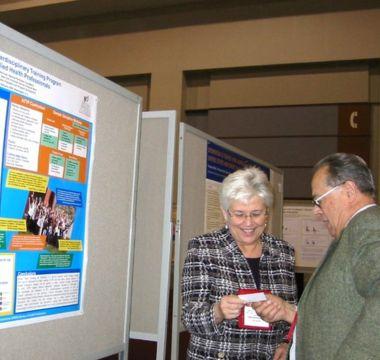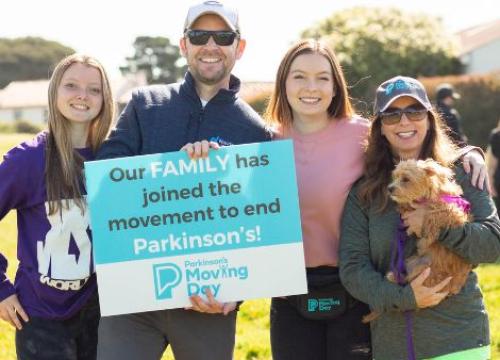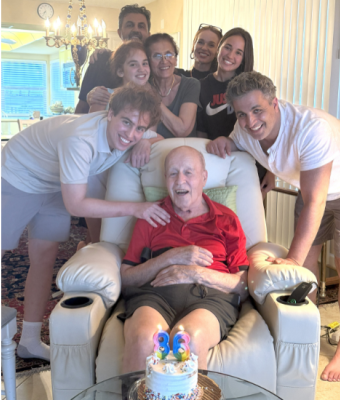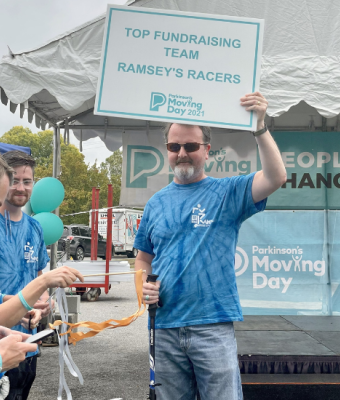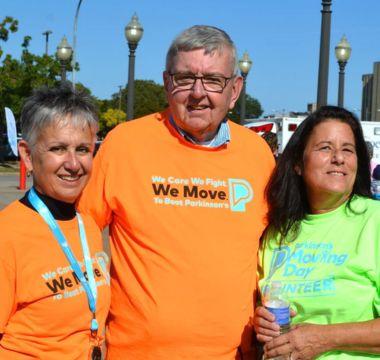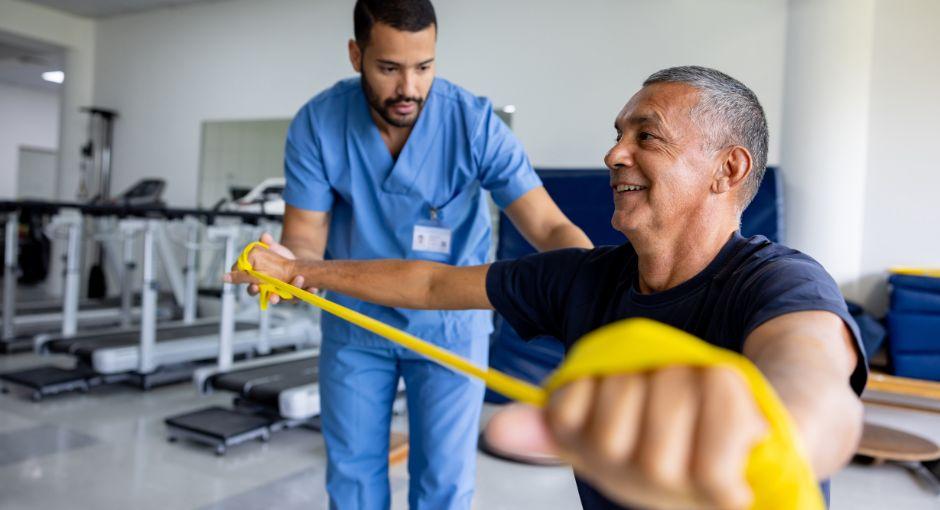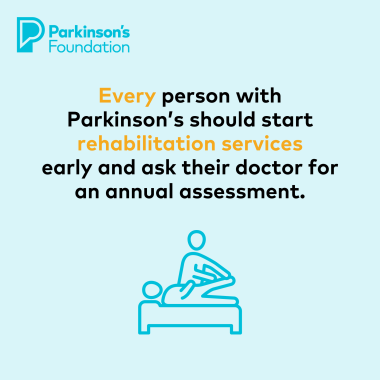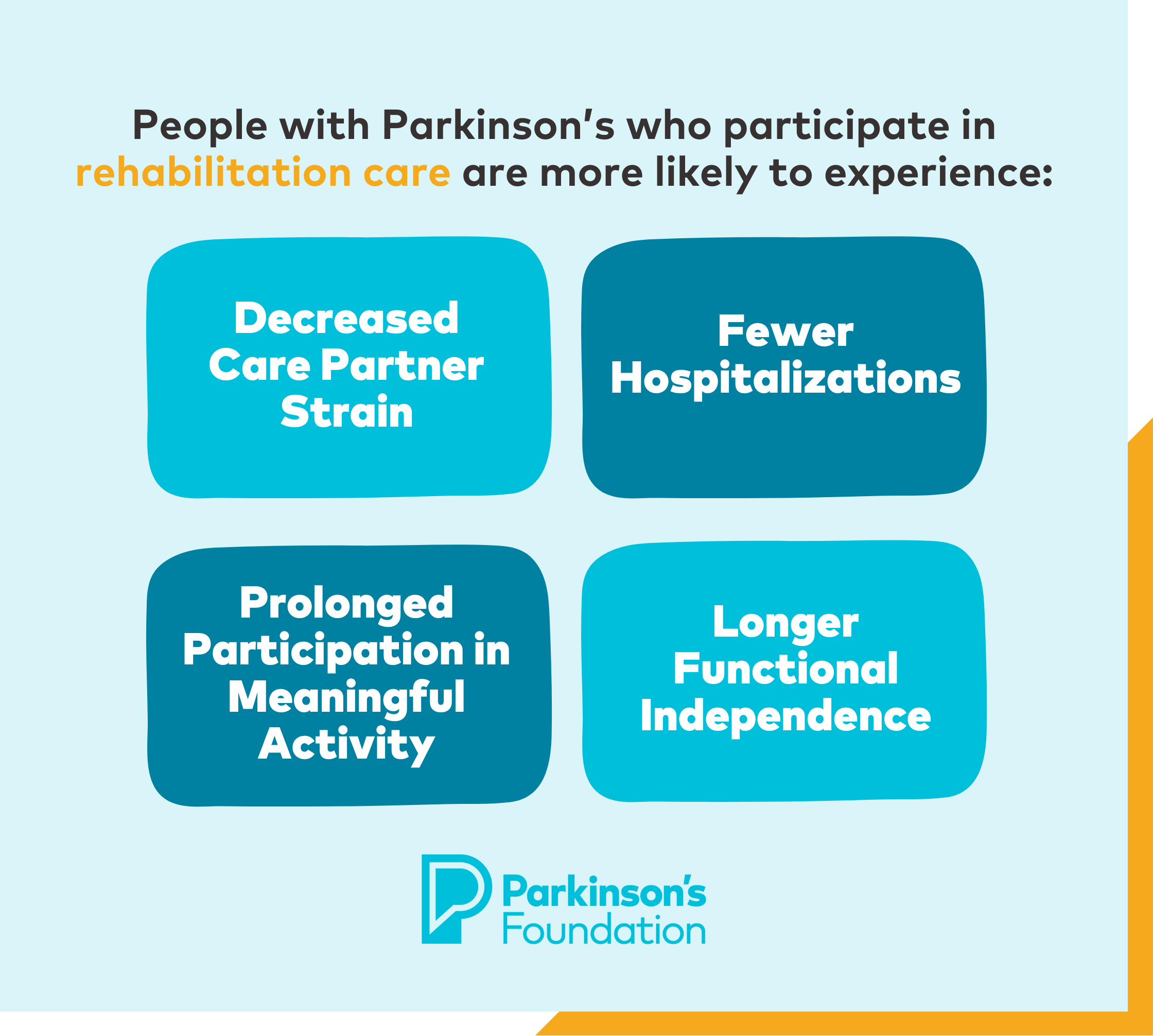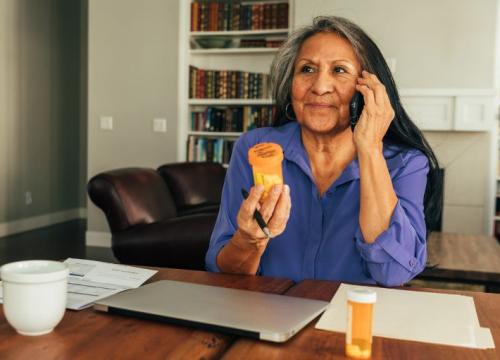Allen, N. E., Moloney, N., van Vliet, V., & Canning, C. G. (2015b). The rationale for exercise in the management of pain in parkinson’s disease. Journal of Parkinson’s Disease, 5(2), 229–239. https://doi.org/10.3233/jpd-140508
Buhmann, C., Kassubek, J., & Jost, W. H. (2020). Management of pain in parkinson’s disease. Journal of Parkinson’s Disease, 10(s1). https://doi.org/10.3233/jpd-202069
Choi, S.-M., Kim, B. C., Jung, H.-J., Yoon, G.-J., Kang, K. W., Choi, K.-H., Kim, J.-T., Lee, S.-H., Park, M.-S., Kim, M.-K., & Cho, K.-H. (2017). Impact of pain and pain subtypes on the quality of life of patients with parkinson’s disease. Journal of Clinical Neuroscience, 45, 105–109. https://doi.org/10.1016/j.jocn.2017.08.002
Edinoff, A., Sathivadivel, N., McBride, T., Parker, A., Okeagu, C., Kaye, A. D., Kaye, A. M., Kaye, J. S., Kaye, R. J., M. Sheth, M., Viswanath, O., & Urits, I. (2020b). Chronic pain treatment strategies in parkinson’s disease. Neurology International, 12(3), 61–76. https://doi.org/10.3390/neurolint12030014
Liebermann, J. D., Witte, O. W., & Prell, T. (2020). Association between different coping styles and health-related quality of life in people with parkinson’s disease: A cross-sectional study. BMJ Open, 10(7). https://doi.org/10.1136/bmjopen-2020-036870
Mylius, V., Perez Lloret, S., Cury, R. G., Teixeira, M. J., Barbosa, V. R., Barbosa, E. R., Moreira, L. I., Listik, C., Fernandes, A. M., de Lacerda Veiga, D., Barbour, J., Hollenstein, N., Oechsner, M., Walch, J., Brugger, F., Hägele-Link, S., Beer, S., Rizos, A., Chaudhuri, K. R., … Ciampi de Andrade, D. (2020). The parkinson disease pain classification system: Results from an international mechanism-based classification approach. Pain, 162(4), 1201–1210. https://doi.org/10.1097/j.pain.0000000000002107
The 2024 ACPA-Stanford Resource Guide for Chronic Pain Management: A comprehensive, free resource for people in pain. Stanford Pain News. (2024, March 5). https://painnews.stanford.edu/news/2021-acpa-stanford-resource-guide-chronic-pain-management-comprehensive-free-and-helpful
Tennigkeit, J., Feige, T., Haak, M., Hellqvist, C., Seven, Ü. S., Kalbe, E., Schwarz, J., Warnecke, T., Tönges, L., Eggers, C., & Loewenbrück, K. F. (2020). Structured care and self-management education for persons with parkinson’s disease: Why the first does not go without the second—systematic review, experiences and implementation concepts from Sweden and Germany. Journal of Clinical Medicine, 9(9), 2787. https://doi.org/10.3390/jcm9092787
Valkovic, P., Minar, M., Singliarova, H., Harsany, J., Hanakova, M., Martinkova, J., & Benetin, J. (2015). Pain in parkinson´s disease: A cross-sectional study of its prevalence, types, and relationship to depression and quality of life. PLOS ONE, 10(8). https://doi.org/10.1371/journal.pone.013654




